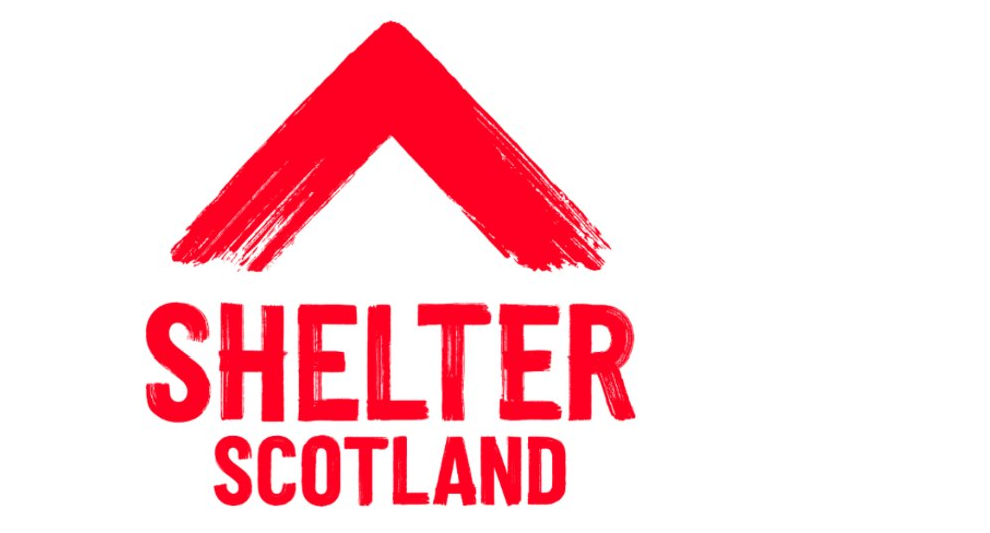We have advice on:
You can also use our tenancy checker to check what rights you have.
For advice on empty properties, visit the Scottish Empty Homes Partnership website.
If we no longer have advice on the topic
You may find what you're looking for on:
